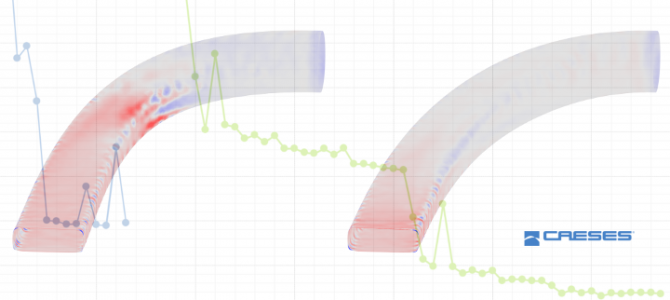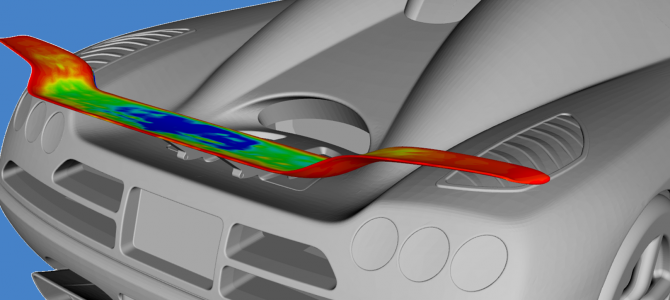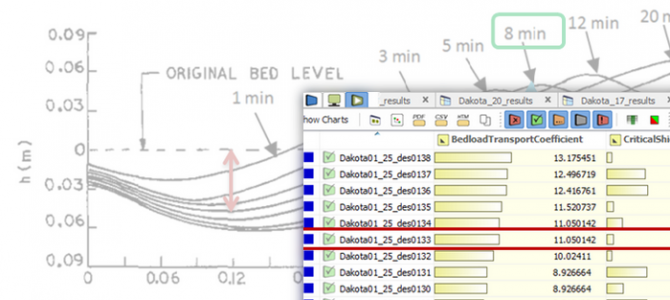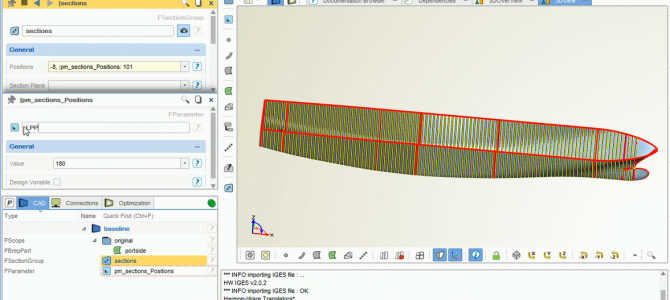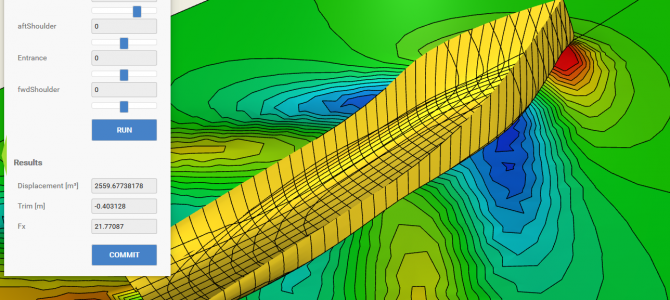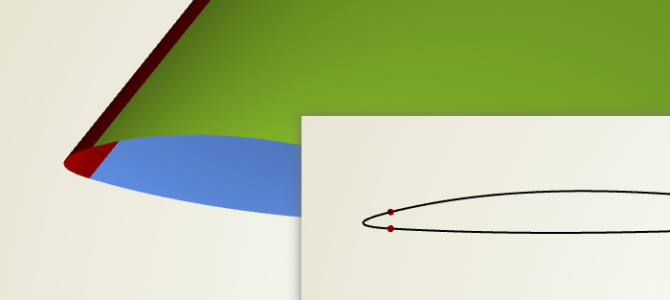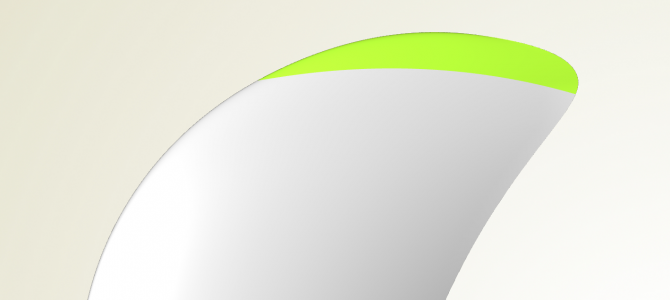Here at FRIENDSHIP SYSTEMS, we recently carried out a case study for an automated optimization process based on the shape sensitivities computed by an adjoint CFD solver. The open-source optimization toolkit Dakota by Sandia National Labs, that is integrated in…
